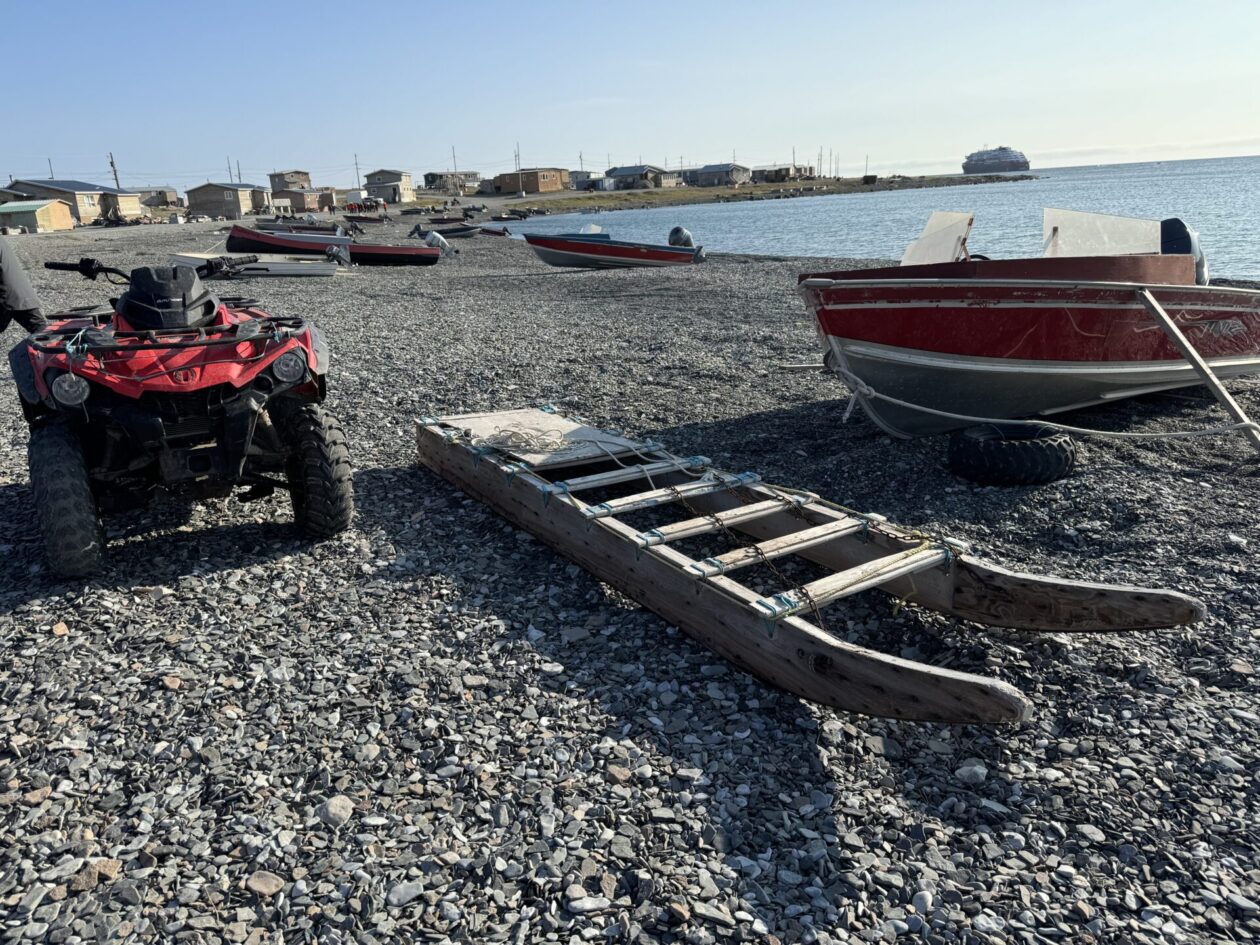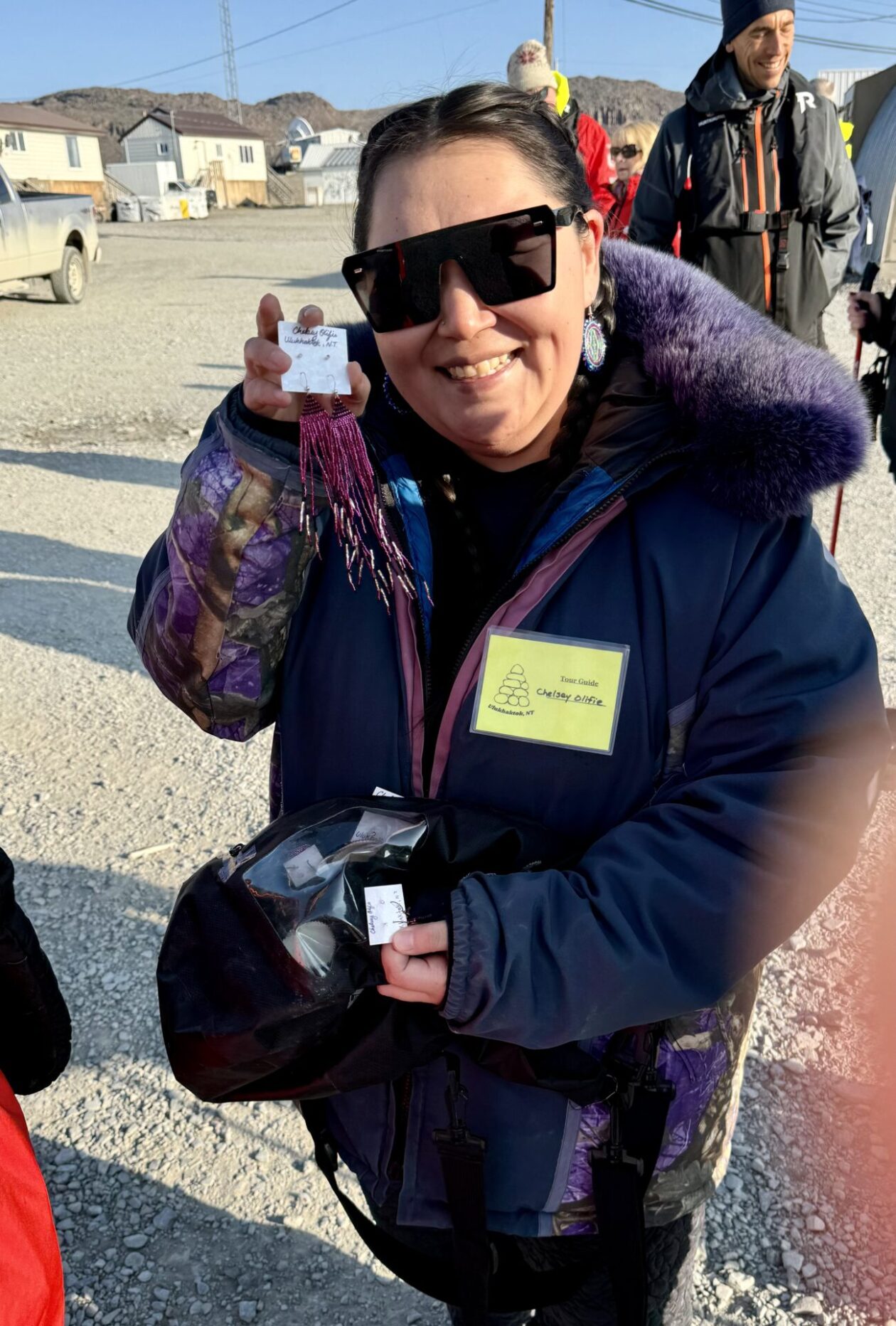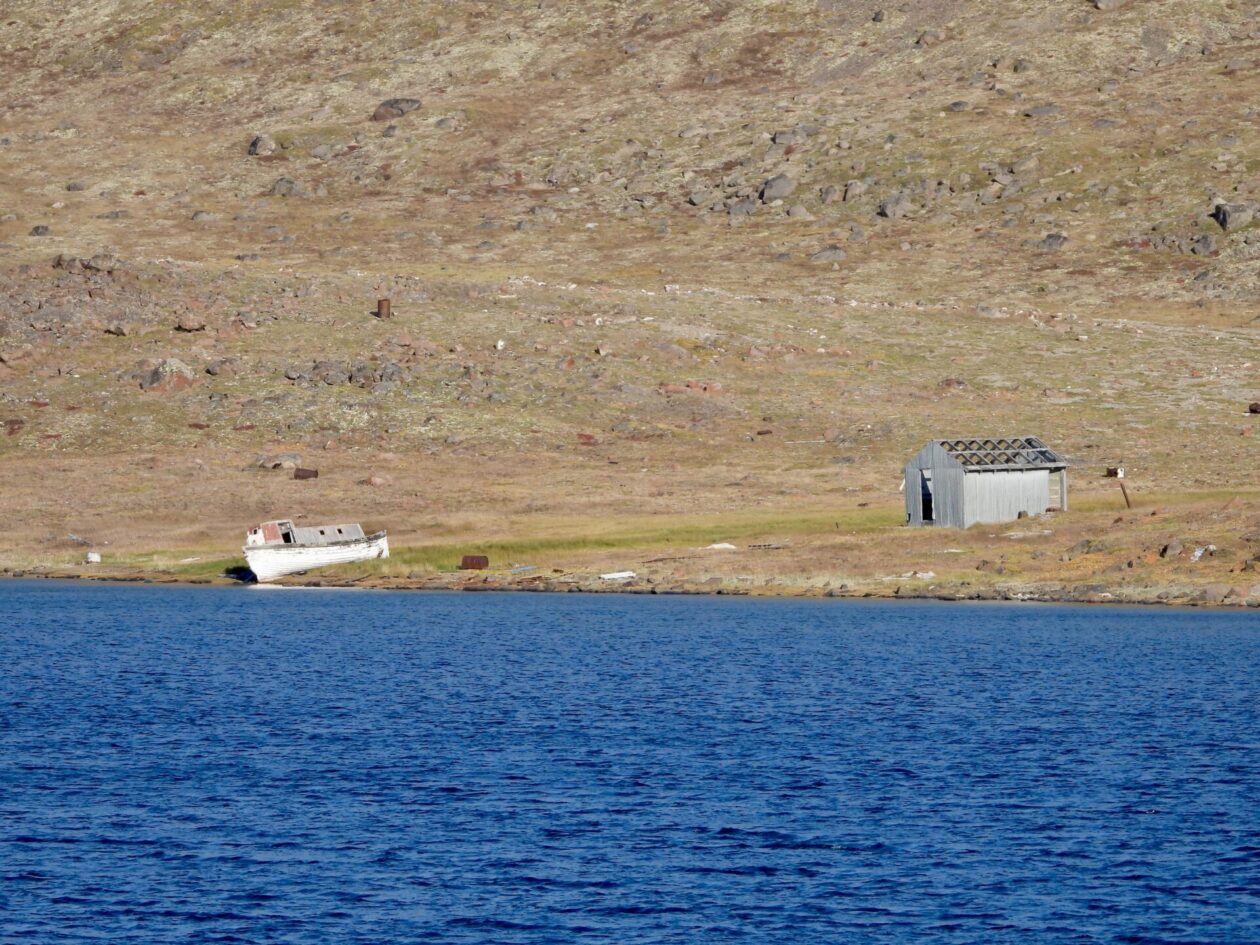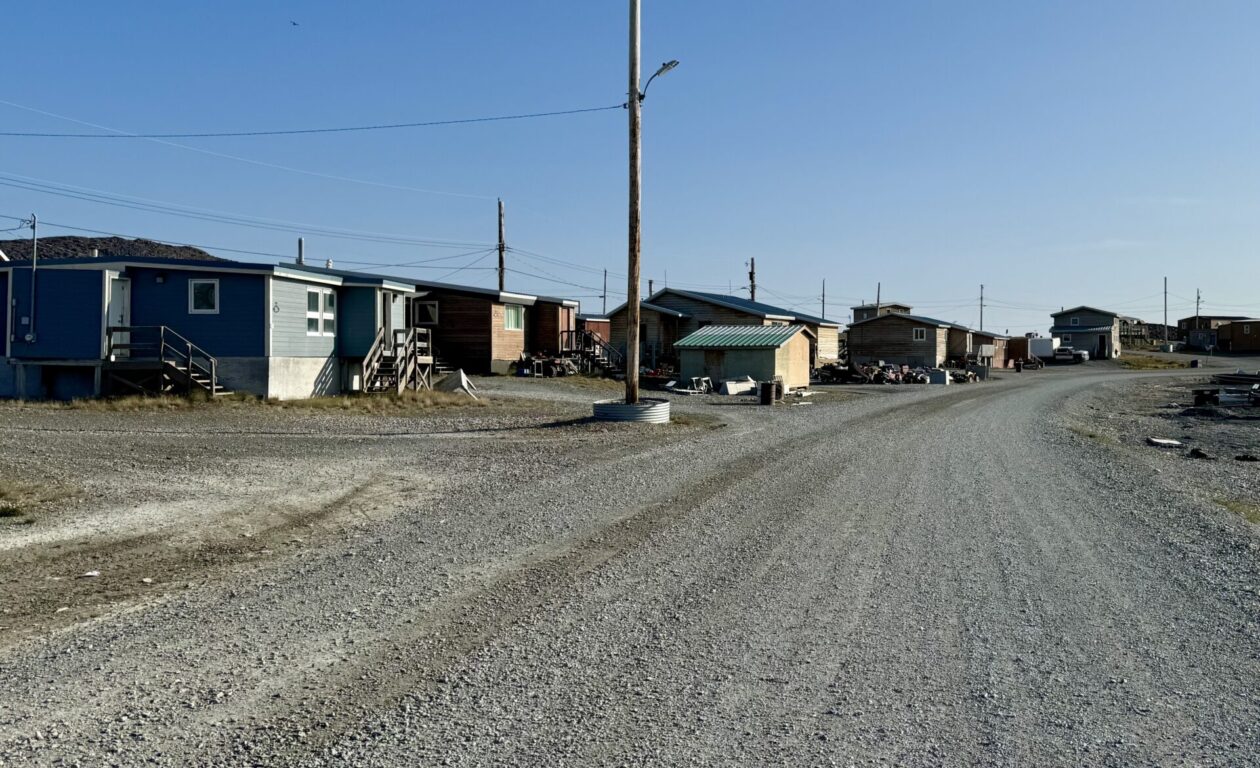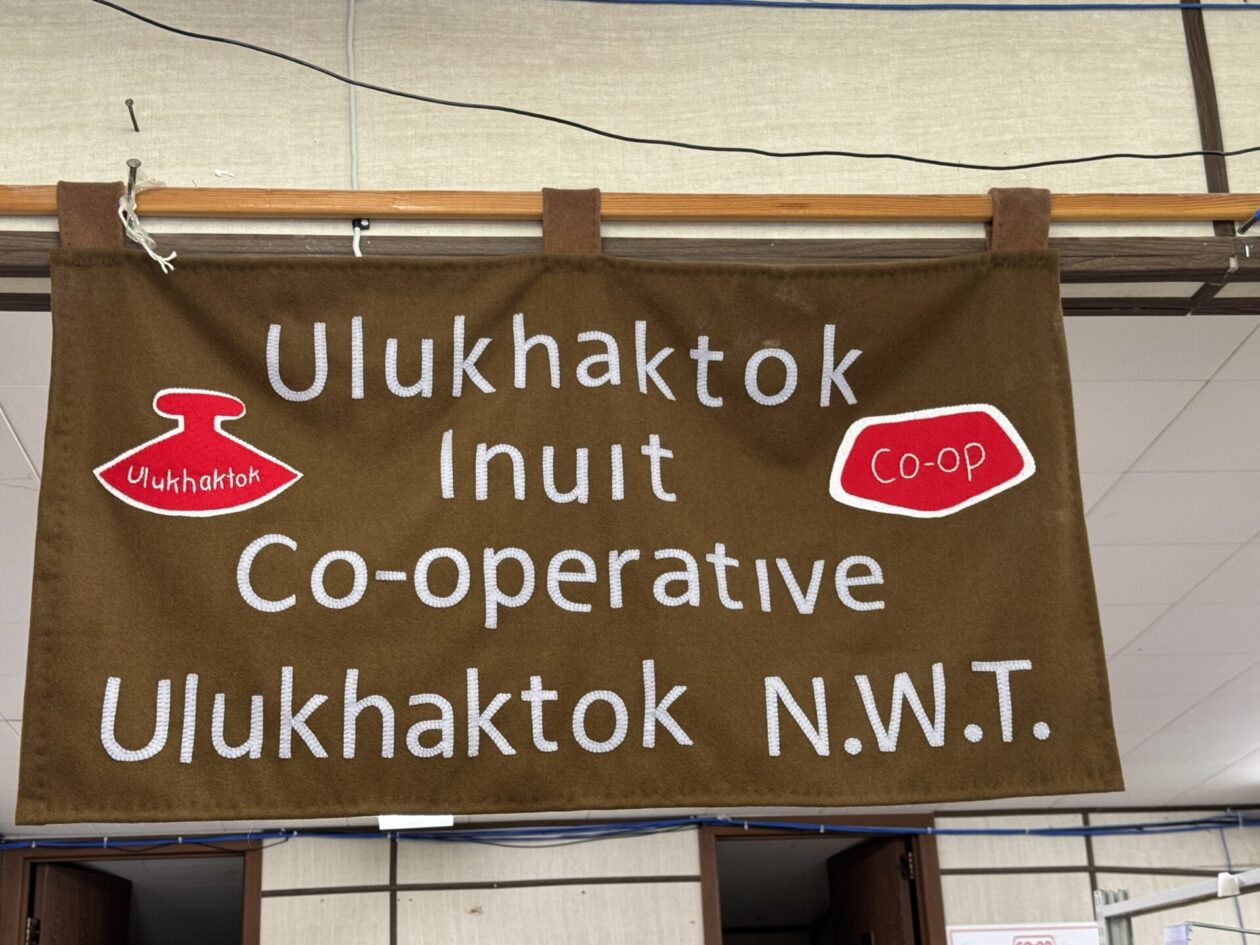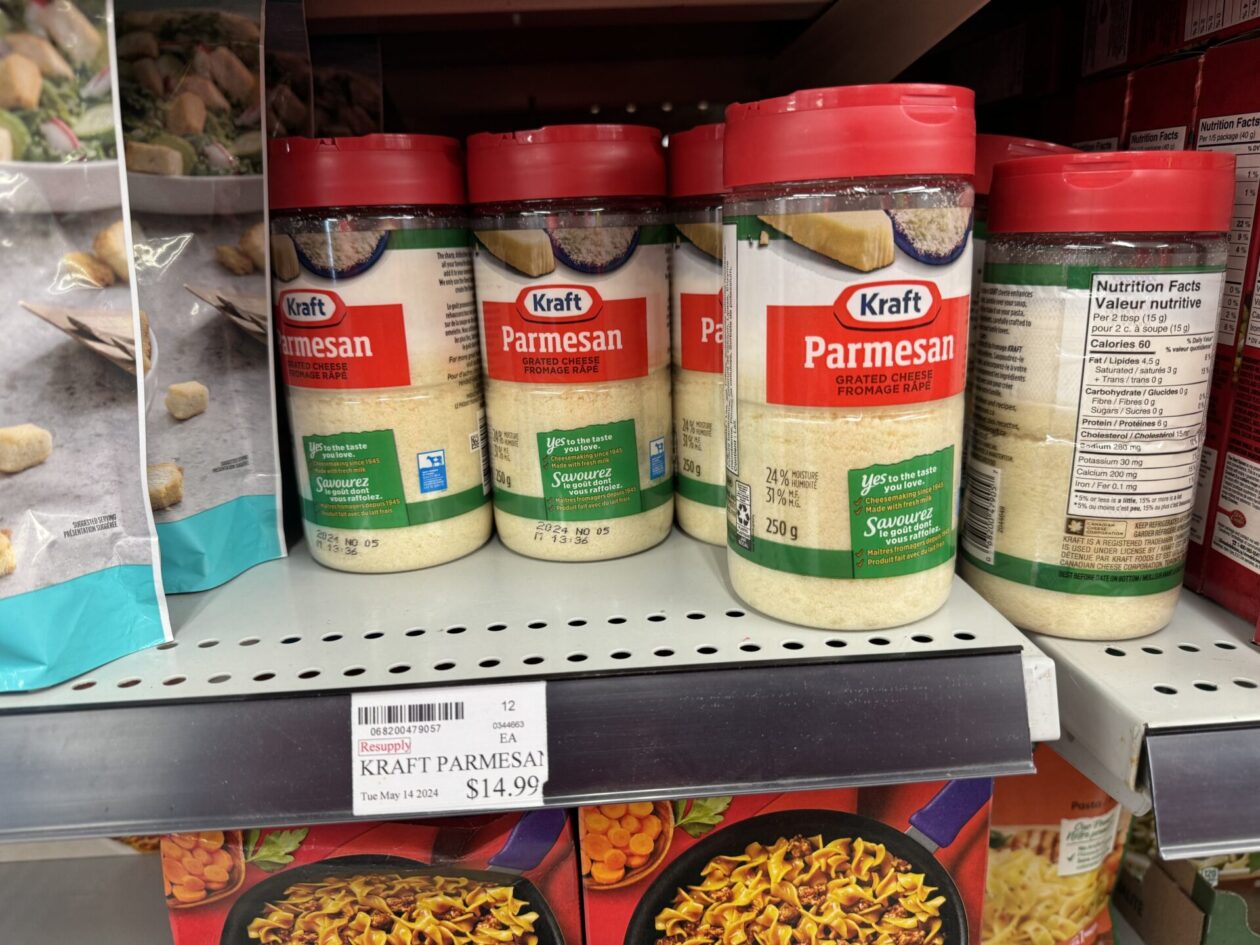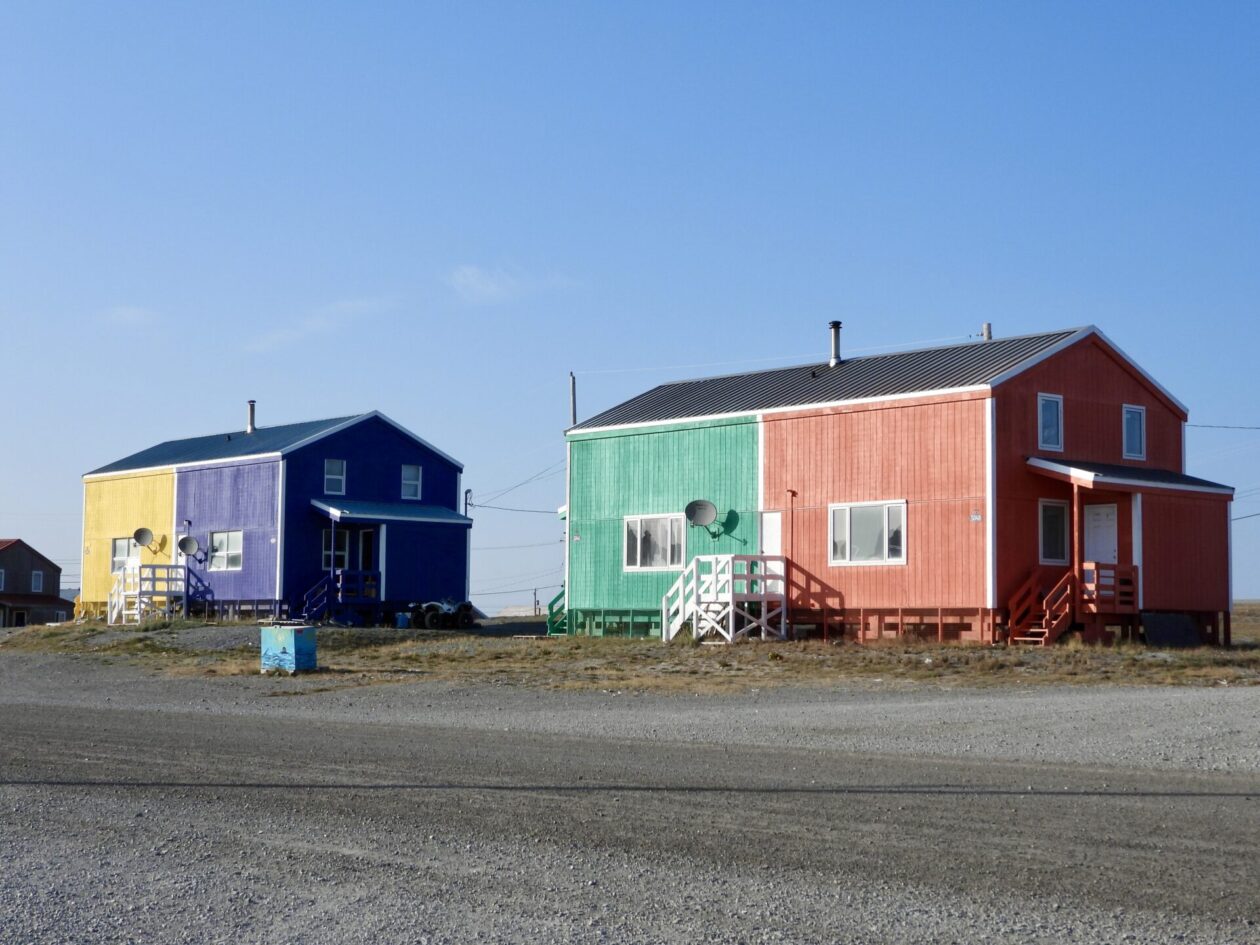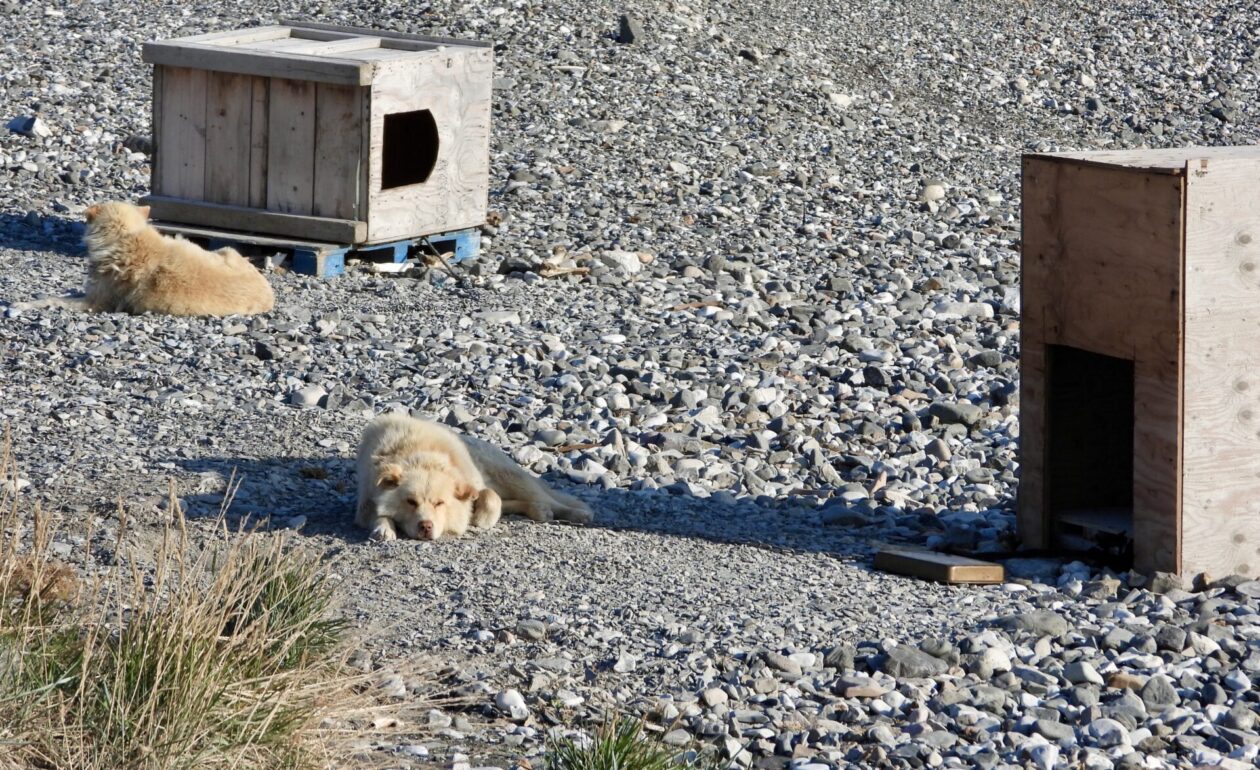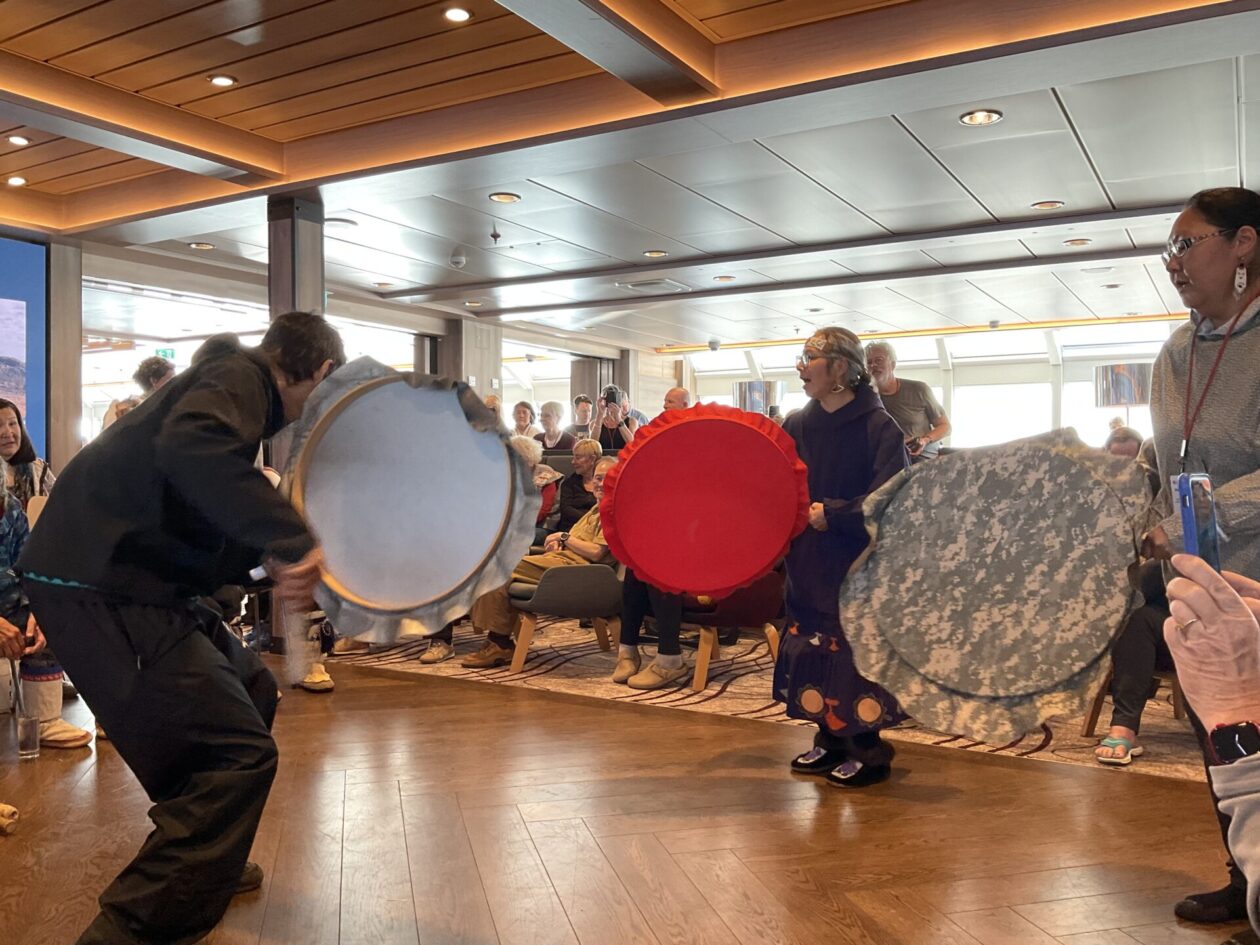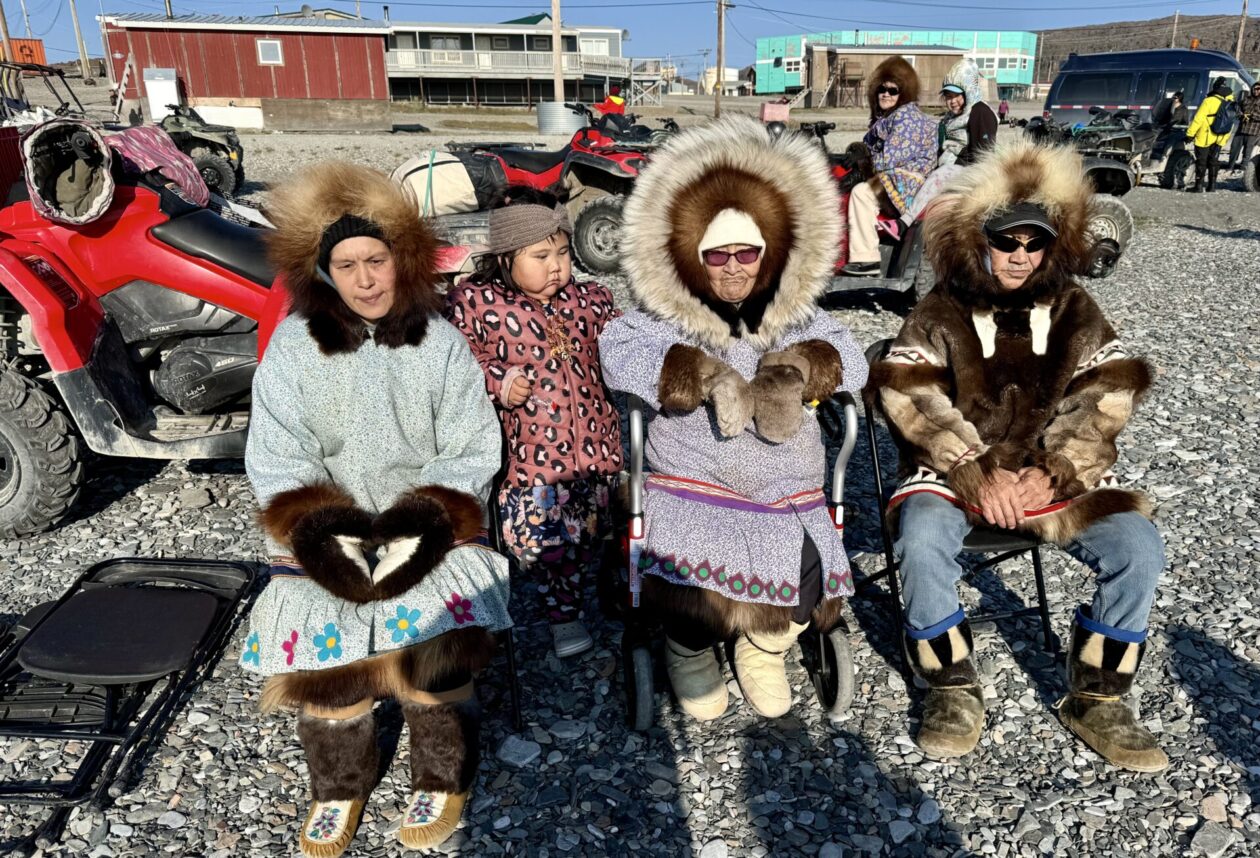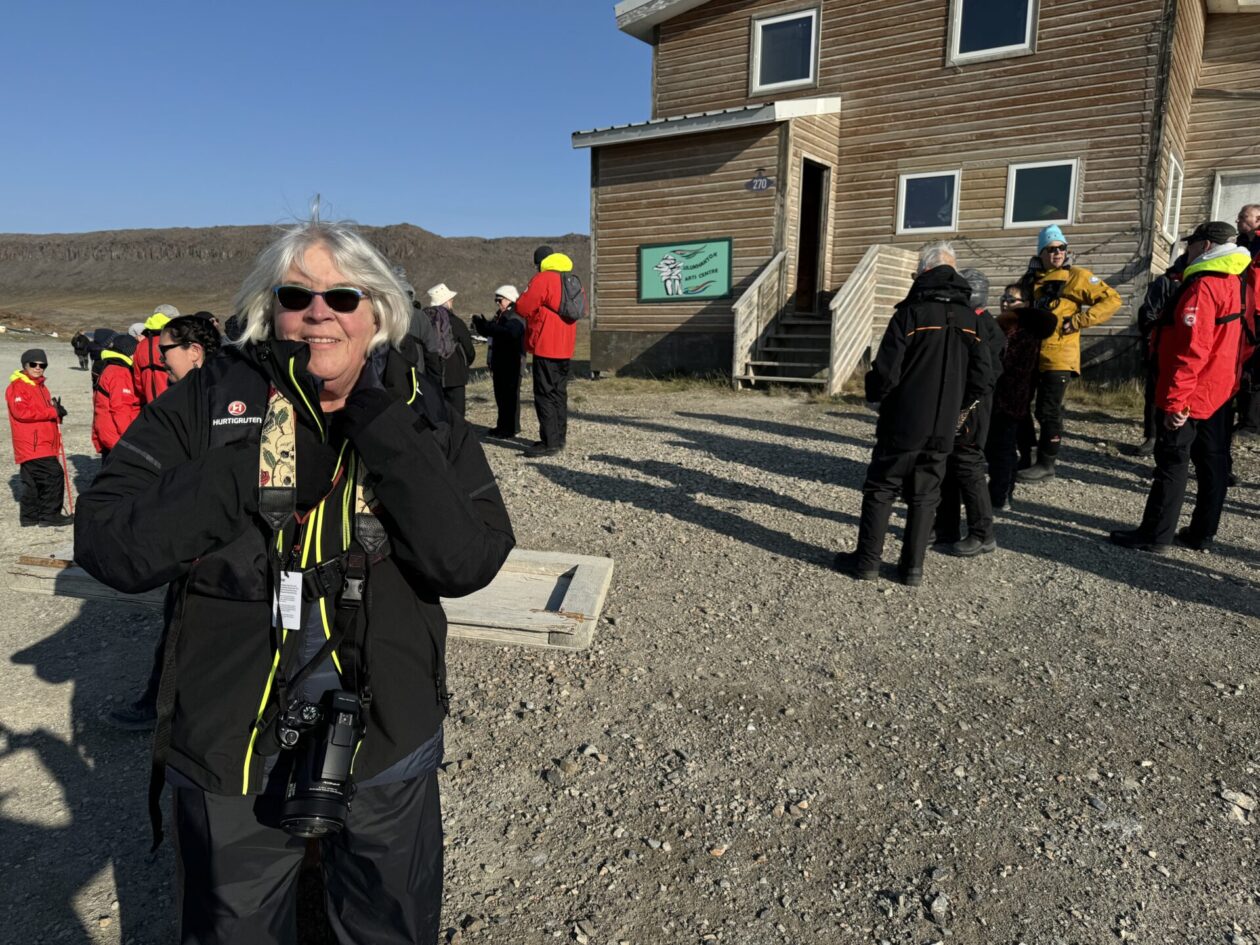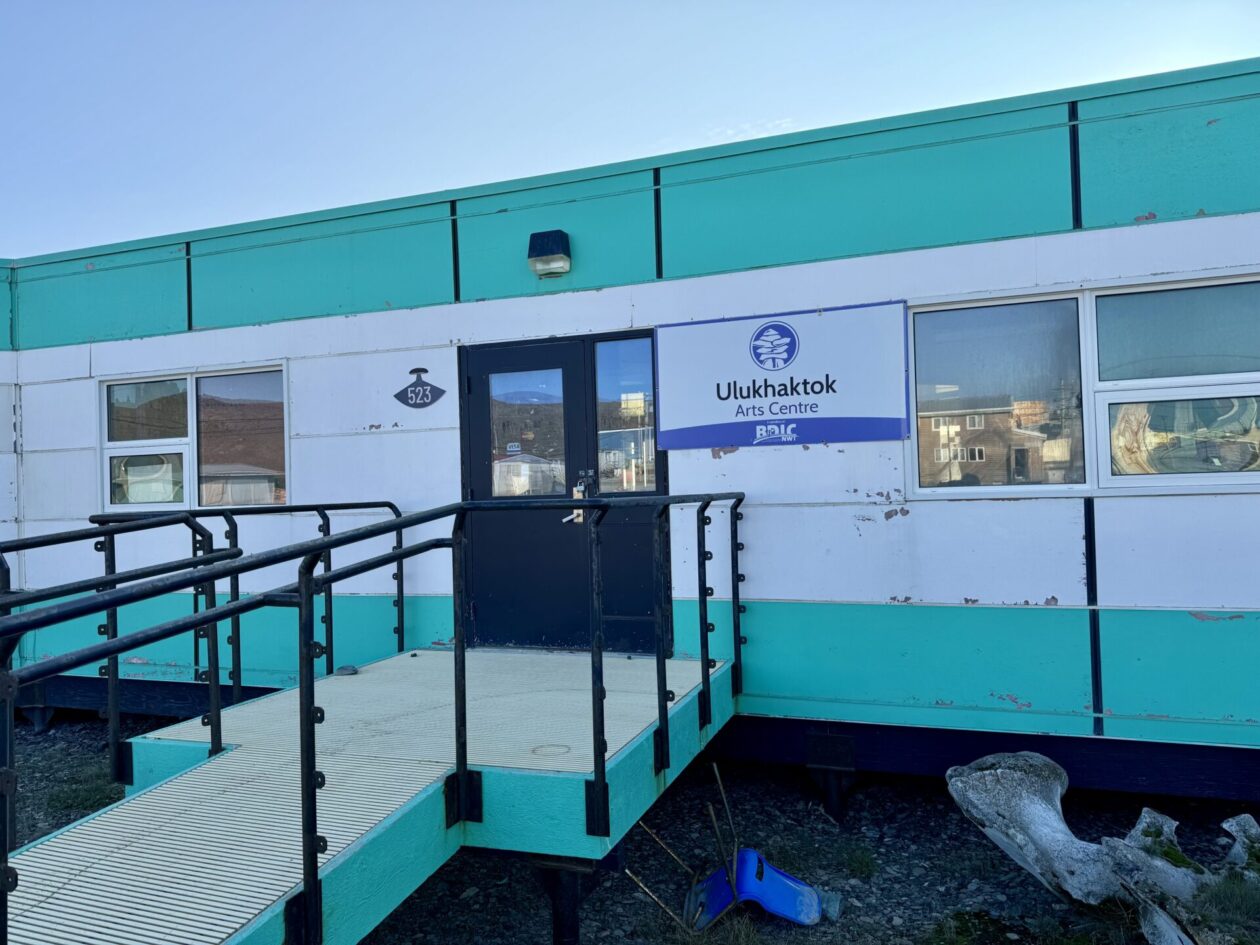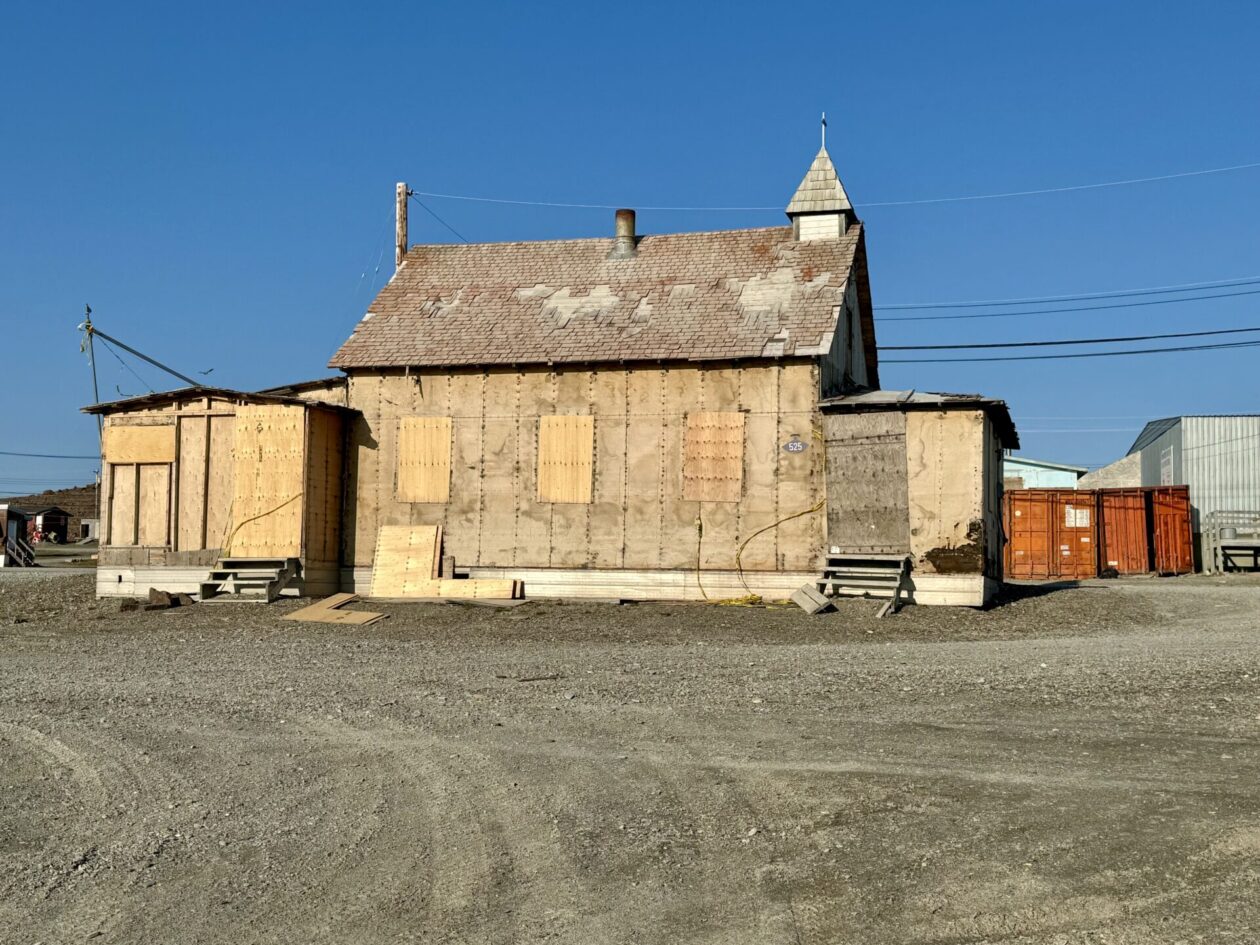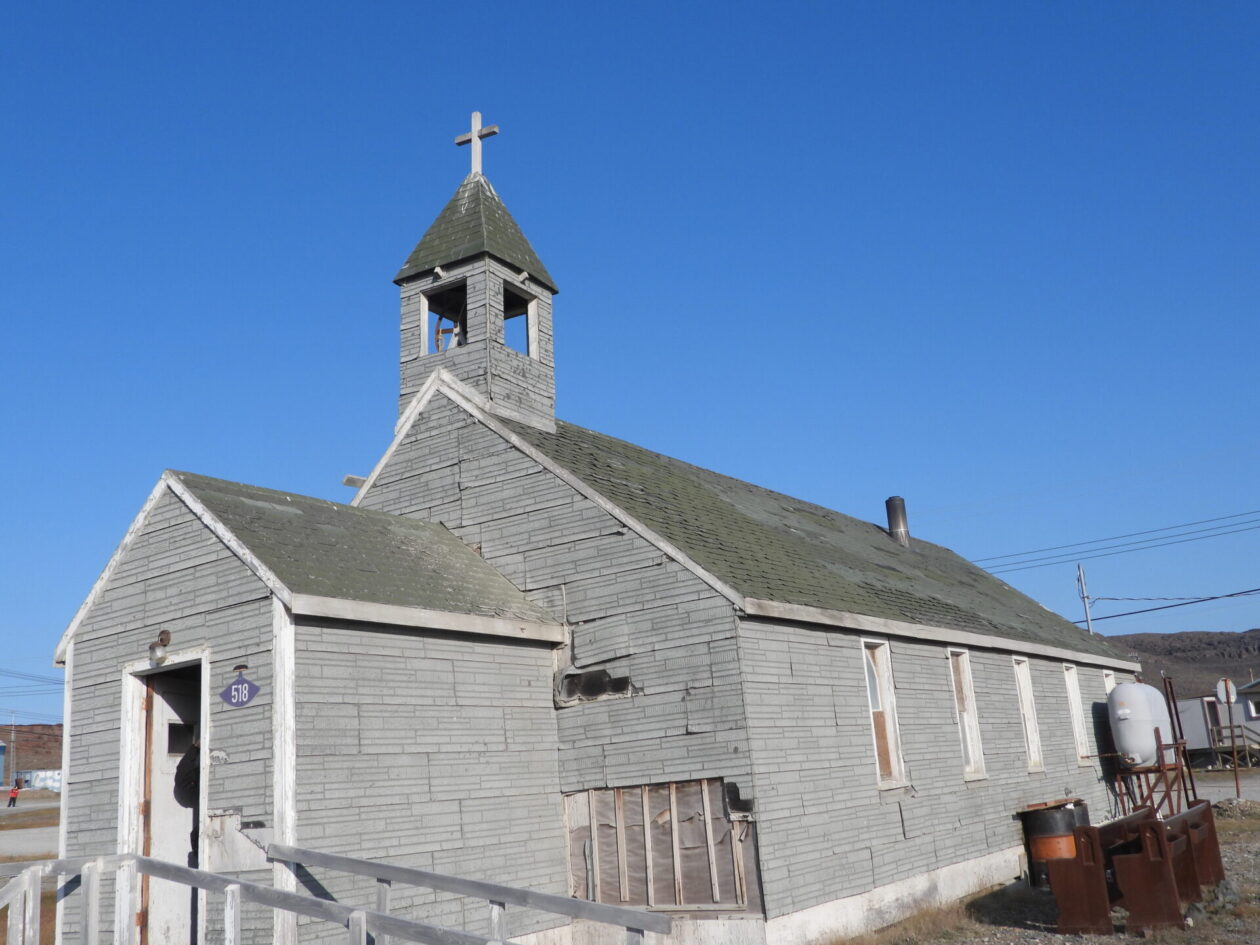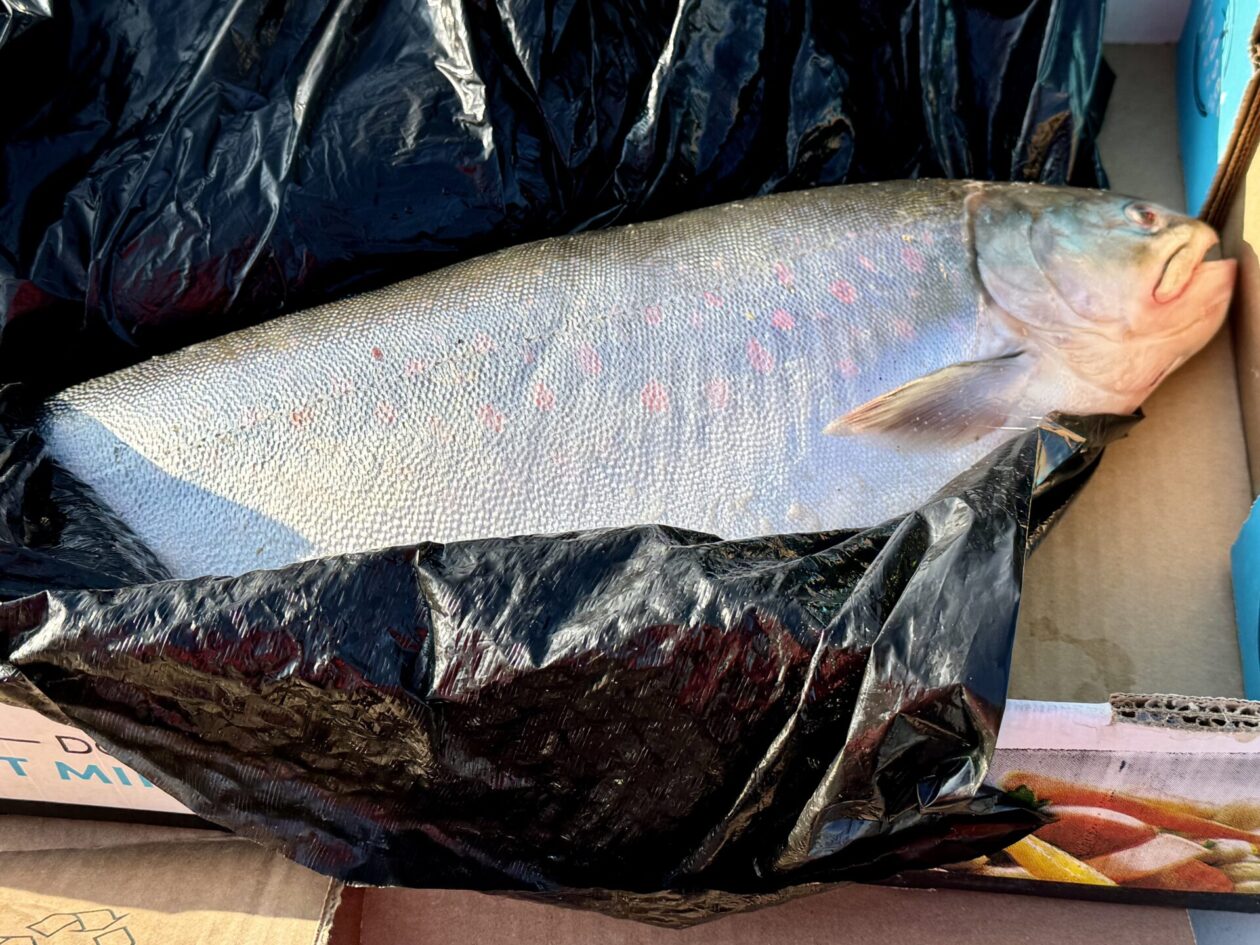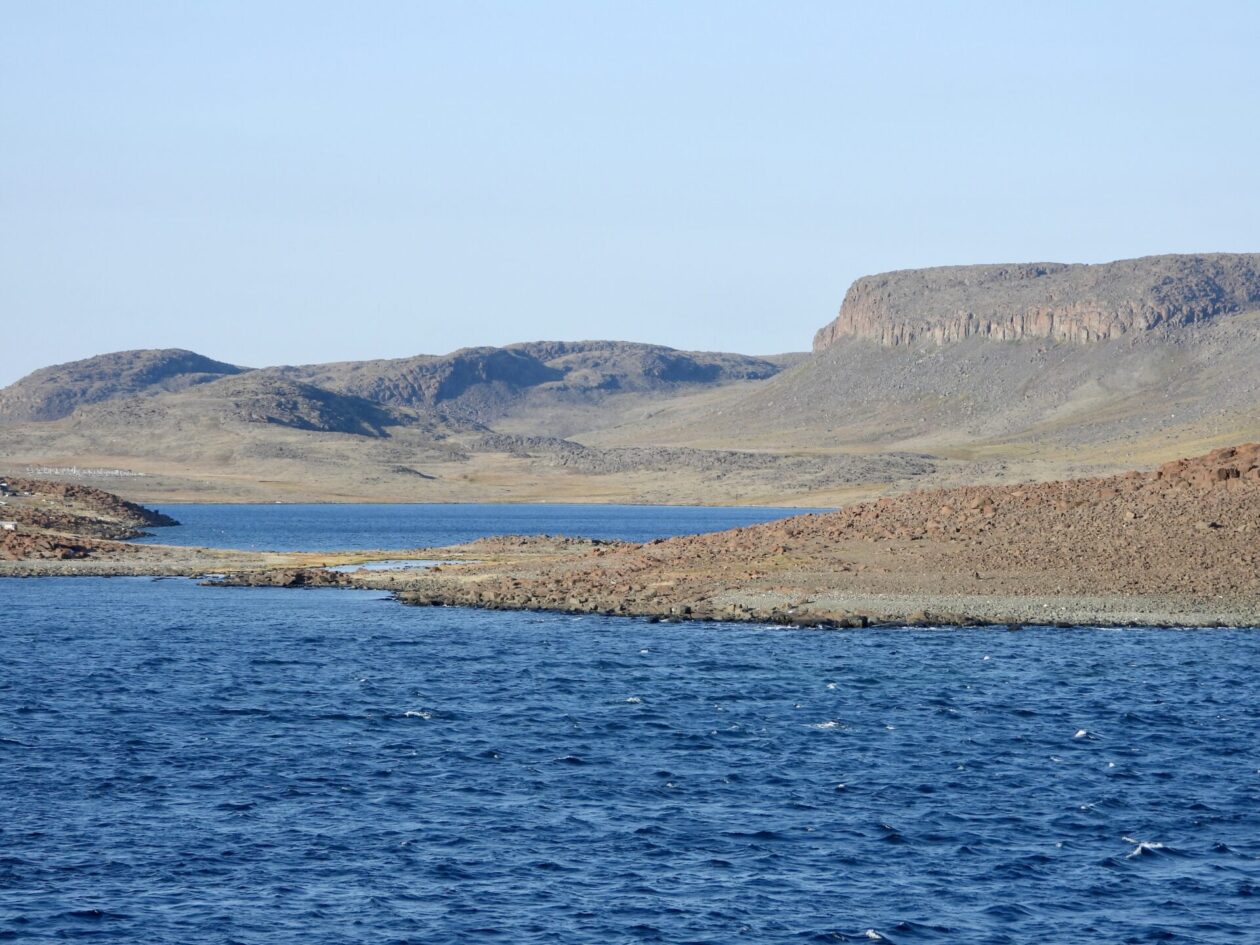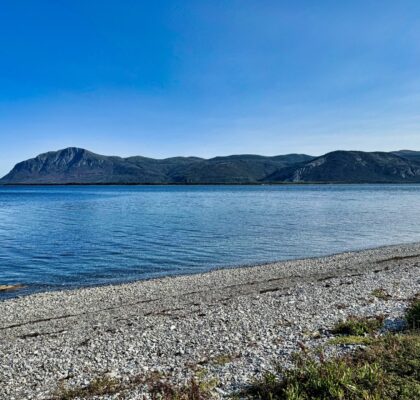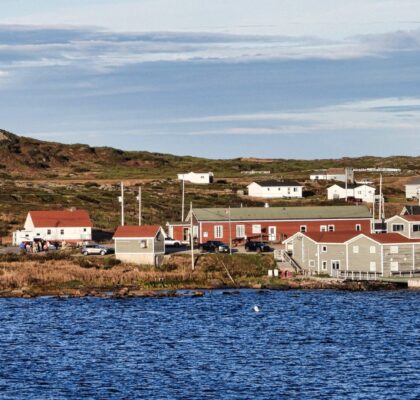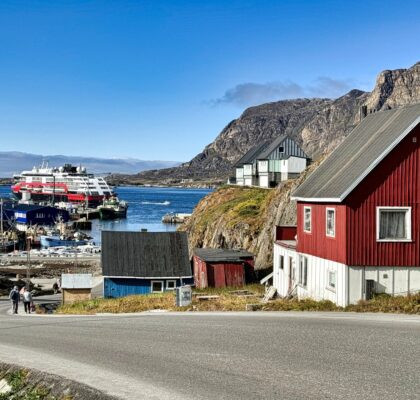- Start of trip and Nome, AL
- Herschel Island, Yukon, Canada
- Sea Day, a surprise, and the Smoking Hills, Northwest Territories, Canada
- Ulukhaktok, Northern Territories, Canada
- Murray Island, Nunavut, Northern Canada, Canada
- Cambridge Bay, Nunavut, Northern Canada
- Citizen science and Borge Island
- Gjoa Haven, Nunavut, Northern Canada
- A busy day at sea — polar bears, musk ox, and plankton, oh my!
- Prince Leopold Island, Beechey Island, and Radstock Bay, Nunavut, Northern Canada
- Croker Bay and Dundas Harbor, Nunavut, Northern Canada
- Pond Inlet and the Inuit, Nunavut, Northern Canada
- Ilulissat, Greenland
- Sisimiut, Greenland
- Red Bay, Labrador, Canada
- Corner Brook, Newfoundland, Canada and end of trip
Today we visited Ulukhaktok (previously named Holman), an Inuit community of around 450 people. It sits on the west coast of Victoria Island, which is the ninth largest island on earth. The name translates to “where there is ulu material,” which refers to the copper they use to create the semi-circular knife that goes by the same name. In addition to harvesting copper and knife making, the town is famous for two things: Inuit stone cut prints (similar to Japanese woodcut prints) and having world’s northernmost golf course. Interestingly enough, some people on the ship are trying to get tee times on this 9-hole course! It hosts the annual Billy Joss Open which is a three-day, 24-hour tournament that is played under the midnight sun. I can’t understand why the Golf Channel or ESPN doesn’t cover this. Of course, as traditional Inuit communities, a portion of their income comes from hunting, trapping, and fishing.
Before going ashore, about 40 members of the village came aboard to demonstrate Arctic games and dances. While some were what you would expect with chanting, drumming, and dancing, there was also a trio of fiddle, accordion, and guitar that played music you would hear in any contra dance and, of course, the line dances that go with it. The performers then left, but we would see them again as they sold their arts and crafts.

Upon landing, the first thing I noticed was how arid the island was. Given the tundra we had seen 36 hours earlier, the hills in the background could have been in the desert Southwest! Everything has to be brought in — including water! As compared to my earlier research, walking around the town was where the promise departed from the reality. I was really excited about seeing their stone cut prints at the island art co-op. What I had researched about the evolution of their art reminded me of the emergence of the Aboriginal art movement in Australia. In this case, two world-renowned artists came to work with the local parish priest to establish an artist co-op to bring a stable income for the families in the area. Their work became noticed by the Canadian Eskimo Arts Council which really helped promote their work. While they originally started out with monochrome stone cut prints, they got much more sophisticated over the years and their work was exhibited in shows all over the globe. Sadly, the art co-op closed five years ago, the priest that promoted the work passed away and there hasn’t been a replacement for around twenty years, the the artists who helped get the movement started are long gone. As a result, craftspeople now work in their homes and the art has returned to the simple crafts you would find in any remote community. Walking around town was very interesting, however — lots of small, colorful single family homes dotting the landscape. The settlement has only been around since the 1930s when a Hudson’s Bay Company Store and Catholic mission opened here. Probably the coolest place in the town, however, is the Holman Eskimo Cooperative. The people here seem very happy, but they seem to be struggling. People work multiple jobs, but don’t make much money, and many are deep in debt. When I visited the local grocery store which is only replenished about once a month, the prices were outrageous, but people are allowed to buy on credit, charging it to their account (and thus the increasing debt load). In some respects, it reminded me of the old company store model. As with so many other small towns, many of the young people are leaving the island for the “big city” where there are more opportunities. And yet, people get by and are happy to share their lives with others.
